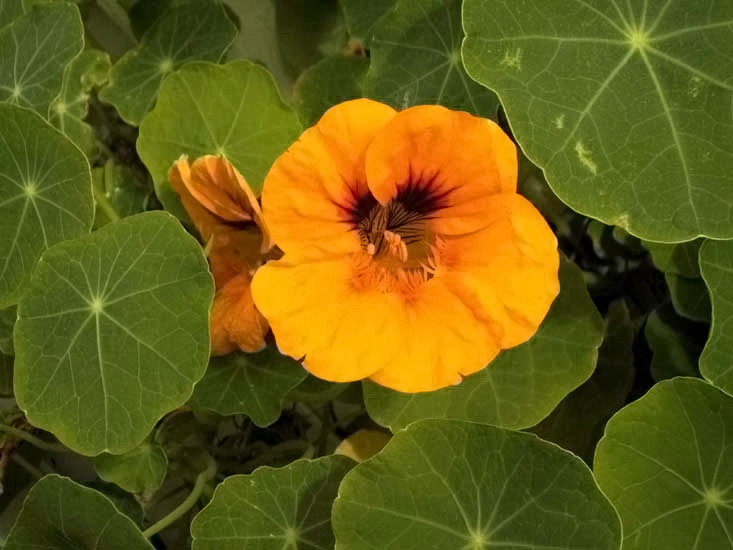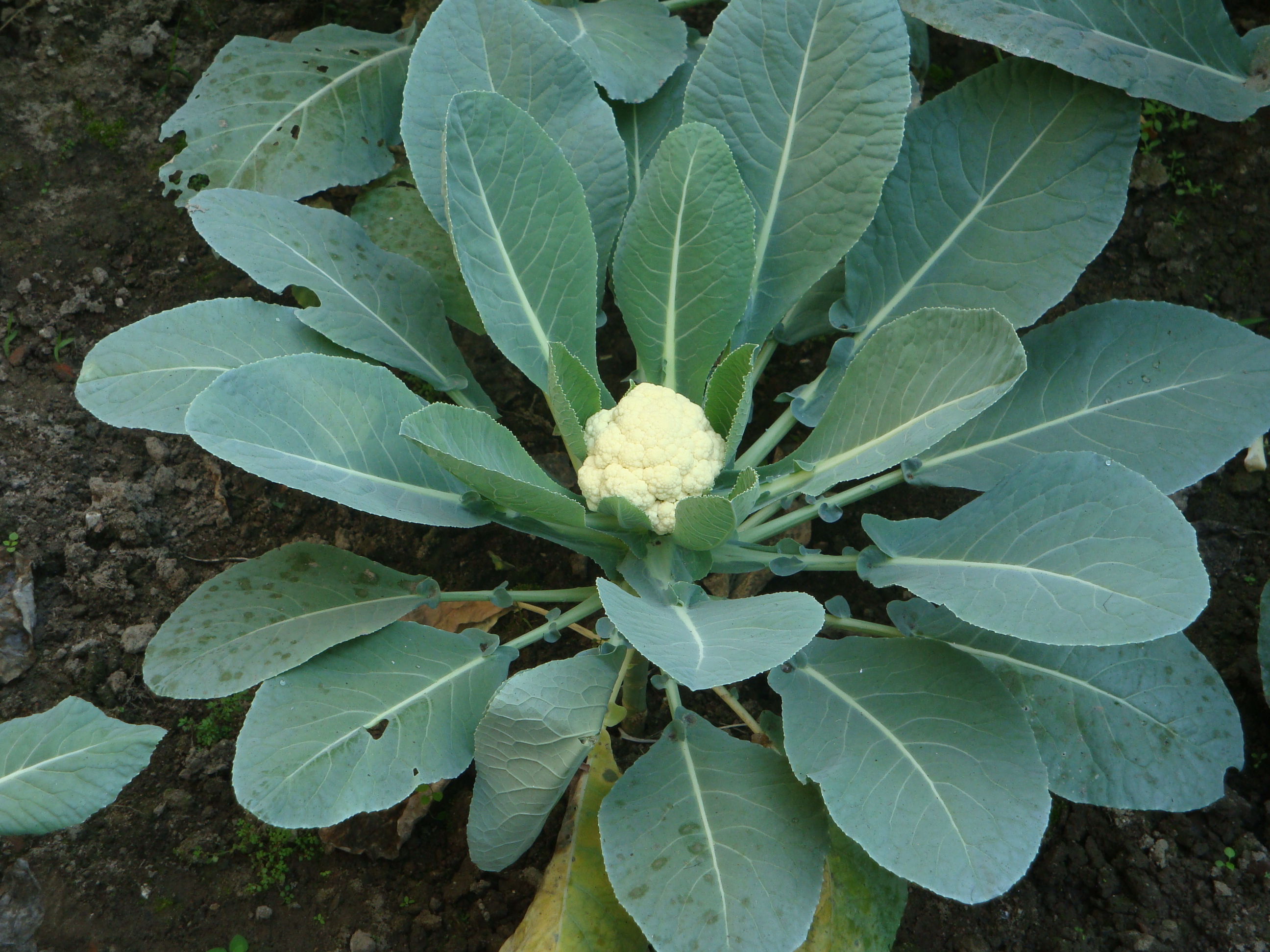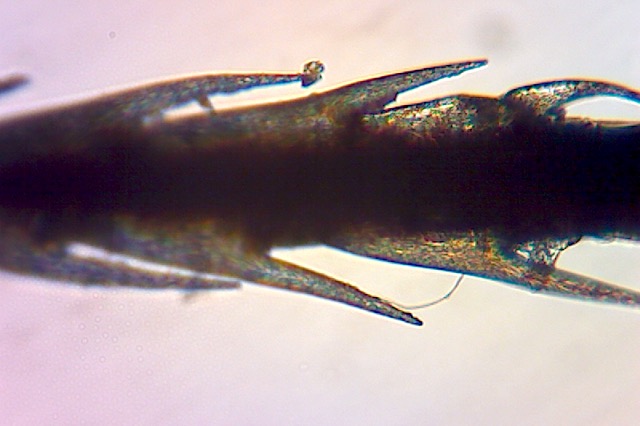|
Leptophobia Aripa
''Leptophobia aripa'', the common green-eyed white or mountain white, is a butterfly in the family Pieridae. It is native to Mexico, Central America and South America, but strays may be found as far north as southern Texas.''Leptophobia aripa'' Bug Guide It is a multivoltine species with overlapping generations. Adults feed on flower nectar of various species, including ''Emilia sonchifolia'', ''Lantana camara'' and ''Bidens pilosa''. The larvae feed on Brassicaceae species, including ''Brassica oleracea''.Host Selection Behavior of Leptophobia aripa (Lepidoptera: Pieridae) /ref> Other records include ''Nasturtium off ... [...More Info...] [...Related Items...] OR: [Wikipedia] [Google] [Baidu] |
Jean Baptiste Boisduval
Jean Baptiste Alphonse Déchauffour de Boisduval (24 June 1799 – 30 December 1879) was a French lepidopterist, botanist, and physician. He was one of the most celebrated lepidopterists of France, and was the co-founder of the Société entomologique de France. While best known abroad for his work in entomology, he started his career in botany, collecting a great number of French plant specimens and writing broadly on the topic throughout his career, including the textbook ''Flores française'' in 1828. Early in his career, he was interested in Coleoptera and allied himself with both Jean Théodore Lacordaire and Pierre André Latreille. He was the curator of the Pierre Françoise Marie Auguste Dejean collection in Paris and described many species of beetles, as well as butterflies and moths, resulting from the voyages of the ''Astrolabe'', the expedition ship of Jean-François de Galaup, comte de La Pérouse and the '' Coquille'', that of Louis Isidore Duperrey. He left Paris ... [...More Info...] [...Related Items...] OR: [Wikipedia] [Google] [Baidu] |
Brassicaceae
Brassicaceae () or (the older) Cruciferae () is a medium-sized and economically important family of flowering plants commonly known as the mustards, the crucifers, or the cabbage family. Most are herbaceous plants, while some are shrubs. The leaves are simple (although are sometimes deeply incised), lack stipules, and appear alternately on stems or in rosettes. The inflorescences are terminal and lack bracts. The flowers have four free sepals, four free alternating petals, two shorter free stamens and four longer free stamens. The fruit has seeds in rows, divided by a thin wall (or septum). The family contains 372 genera and 4,060 accepted species. The largest genera are ''Draba'' (440 species), ''Erysimum'' (261 species), ''Lepidium'' (234 species), ''Cardamine'' (233 species), and ''Alyssum'' (207 species). The family contains the cruciferous vegetables, including species such as ''Brassica oleracea'' (cultivated as cabbage, kale, cauliflower, broccoli and collards), ... [...More Info...] [...Related Items...] OR: [Wikipedia] [Google] [Baidu] |
Fauna Of Brazil
The wildlife of Brazil comprises all naturally occurring animals, plants, and fungus, fungi in the South American country. Home to 60% of the Amazon Rainforest, which accounts for approximately one-tenth of all species in the world, Brazil is considered to have the greatest biodiversity of any country on the planet. It has the most known species of plants (55,000), freshwater fish (3,000), and mammals (over 689). It also ranks third on the list of countries with the most bird species (1,832) and second with the most reptile species (744). The number of fungal species is unknown but is large.Da Silva, M. and D.W. Minter. 1995. ''Fungi from Brazil recorded by Batista and Co-workers''. Mycological Papers 169. CABI, Wallingford, UK. 585 pp. Approximately two-thirds of all species worldwide are found in tropical areas, often coinciding with developing country, developing countries such as Brazil. Brazil is second only to Indonesia a ... [...More Info...] [...Related Items...] OR: [Wikipedia] [Google] [Baidu] |
Butterflies Described In 1836
Butterflies are insects in the macrolepidopteran clade Rhopalocera from the Order (biology), order Lepidoptera, which also includes moths. Adult butterflies have large, often brightly coloured wings, and conspicuous, fluttering flight. The group comprises the large superfamily (zoology), superfamily Papilionoidea, which contains at least one former group, the skippers (formerly the superfamily "Hesperioidea"), and the most recent analyses suggest it also contains the moth-butterflies (formerly the superfamily "Hedyloidea"). Butterfly fossils date to the Paleocene, about 56 million years ago. Butterflies have a four-stage life cycle, as like most insects they undergo Holometabolism, complete metamorphosis. Winged adults lay eggs on the food plant on which their larvae, known as caterpillars, will feed. The caterpillars grow, sometimes very rapidly, and when fully developed, pupate in a chrysalis. When metamorphosis is complete, the pupal skin splits, the adult insect climbs o ... [...More Info...] [...Related Items...] OR: [Wikipedia] [Google] [Baidu] |
Pierini
Pierini is a tribe of butterflies within the family Pieridae. Genera Listed alphabetically: – blackveins *''Appias'' Hübner, 819/small> – puffins and albatrosses *'' Archonias'' Hübner, 1825 *'' Ascia'' Scopoli, 1777 *''Baltia'' Moore, 1878 *'' Belenois'' Hübner, 819/small> – caper whites *'' Catasticta'' Butler, 1870 *'' Cepora'' Billberg, 1820 – gulls *'' Charonias'' Röber, 908/small> *''Delias'' Hübner, 819/small> – Jezebels *'' Dixeia'' Talbot, 1932 *'' Eucheira'' Westwood, 1834 *'' Ganyra'' Billberg, 1820 *'' Glennia'' Klots, 1933 *'' Glutophrissa'' Butler, 1887 *'' Hypsochila'' Ureta, 1955 *'' Infraphulia'' Field, 1958 *'' Itaballia'' Kaye, 1904 *'' Ixias'' Hübner, 819/small> – Indian orange tips *'' Leodonta'' Butler, 1870 *'' Leptophobia'' Butler, 1870 *'' Leuciacria'' Rothschild & Jordan, 1905 *''Melete'' Swainson, 831/small> *'' Mesapia'' Gray, 1856 *'' Mylothris'' Hübner, 819/small> – dotted borders *'' Neophasia'' Behr, 1869 *'' Pereute'' Her ... [...More Info...] [...Related Items...] OR: [Wikipedia] [Google] [Baidu] |
Tropaeolum Moritzianum
''Tropaeolum'' , commonly known as nasturtium (; literally "nose-twister" or "nose-tweaker"), is a genus of roughly 80 species of annual and perennial herbaceous flowering plants. It was named by Carl Linnaeus in his book ''Species Plantarum'', and is the only genus in the family Tropaeolaceae. The nasturtiums received their common name because they produce an oil similar to that of watercress (''Nasturtium officinale''). The genus ''Tropaeolum'', native to South and Central America, includes several very popular garden plants, the most common being '' T. majus'', '' T. peregrinum'' and '' T. speciosum''. One of the hardiest species is '' T. polyphyllum'' from Chile, the perennial roots of which can survive the winter underground at elevations of . Plants in this genus have showy, often intensely bright flowers and rounded, peltate (shield-shaped) leaves with the petiole in the centre. The flowers are bisexual and zygomorphic, with five petals, a superior three-carpelle ... [...More Info...] [...Related Items...] OR: [Wikipedia] [Google] [Baidu] |
Tovaria Pendula
''Tovaria'' is a genus of herb In general use, herbs are a widely distributed and widespread group of plants, excluding vegetables and other plants consumed for macronutrients, with savory or aromatic properties that are used for flavoring and garnishing food, for medicinal ...s native to Jamaica and South America. There are two species, '' Tovaria pendula'' and '' Tovaria diffusa''. The genus is the only one in the family Tovariaceae. References * http://www.mobot.org/MOBOT/Research/APweb/orders/brassicalesweb.htm#Tovariaceae Brassicales Brassicales genera Flora of Mexico Flora of Guatemala Flora of Honduras Flora of Nicaragua Flora of Colombia Flora of Venezuela Flora of Ecuador Flora of Peru Flora of Bolivia Flora of Jamaica Flora without expected TNC conservation status {{Brassicales-stub ... [...More Info...] [...Related Items...] OR: [Wikipedia] [Google] [Baidu] |
Nasturtium Officinale
Watercress or yellowcress (''Nasturtium officinale'') is a species of aquatic flowering plant in the cabbage family Brassicaceae. Watercress is a rapidly growing perennial plant native to Europe and Asia. It is one of the oldest known leaf vegetables consumed by humans. Watercress and many of its relatives, such as garden cress, mustard, radish, and wasabi, are noteworthy for their piquant flavors. The hollow stems of watercress float in water. The leaf structure is pinnately compound. Small, white, and green inflorescences are produced in clusters and are frequently visited by insects, especially hoverflies, such as ''Eristalis'' flies. Taxonomy Watercress is listed in some sources as belonging to the genus ''Rorippa'', although molecular evidence shows those aquatic species with hollow stems are more closely related to ''Cardamine'' than ''Rorippa''. Despite the Latin name, watercress is not particularly closely related to the flowers popularly known as nasturtiums (''Trop ... [...More Info...] [...Related Items...] OR: [Wikipedia] [Google] [Baidu] |
Brassica Oleracea
''Brassica oleracea'' is a plant species from family Brassicaceae that includes many common cultivars used as vegetables, such as cabbage, broccoli, cauliflower, kale, Brussels sprouts, collard greens, Savoy cabbage, kohlrabi, and gai lan. Its uncultivated form, wild cabbage, native to coastal southern and western Europe, is a hardy plant with high tolerance for salt and lime. However, its intolerance of competition from other plants typically restrict its natural occurrence to limestone sea cliffs, like the chalk cliffs on both sides of the English Channel. Wild ''B. oleracea'' is a tall biennial plant that forms a stout rosette of large leaves in the first year. The leaves are fleshier and thicker than other ''Brassica'' species—an adaptation that helps it store water and nutrients in its difficult growing environment. In its second year, it uses the stored nutrients to produce a flower spike tall with numerous yellow flowers. A 2021 study suggested that the Eastern Medite ... [...More Info...] [...Related Items...] OR: [Wikipedia] [Google] [Baidu] |
Bidens Pilosa
''Bidens pilosa'' is an annual species of herbaceous flowering plant in the daisy family Asteraceae. Its many common names include hitch hikers, black-jack, beggarticks, farmer’s friends and Spanish needle, but most commonly referred to as cobblers pegs. It is native to the Americas but is widely distributed as an introduced species in other regions worldwide including Eurasia, Africa, Australia, South America and the Pacific Islands.''Bidens pilosa''. Pacific Island Ecosystems at Risk (PIER). USFS. Description ''Bidens pilosa'' is a branched annual of gracile |
Butterfly
Butterflies are insects in the macrolepidopteran clade Rhopalocera from the Order (biology), order Lepidoptera, which also includes moths. Adult butterflies have large, often brightly coloured wings, and conspicuous, fluttering flight. The group comprises the large superfamily (zoology), superfamily Papilionoidea, which contains at least one former group, the skippers (formerly the superfamily "Hesperioidea"), and the most recent analyses suggest it also contains the moth-butterflies (formerly the superfamily "Hedyloidea"). Butterfly fossils date to the Paleocene, about 56 million years ago. Butterflies have a four-stage life cycle, as like most insects they undergo Holometabolism, complete metamorphosis. Winged adults lay eggs on the food plant on which their larvae, known as caterpillars, will feed. The caterpillars grow, sometimes very rapidly, and when fully developed, pupate in a chrysalis. When metamorphosis is complete, the pupal skin splits, the adult insect climbs o ... [...More Info...] [...Related Items...] OR: [Wikipedia] [Google] [Baidu] |
Lantana Camara
''Lantana camara'' (common lantana) is a species of flowering plant within the verbena family (Verbenaceae), native to the American tropics. It is a very adaptable species, which can inhabit a wide variety of ecosystems; once it has been introduced into a habitat it spreads rapidly; between 45ºN and 45ºS and more than in altitude. It has spread from its native range to around 50 countries, where it has become an invasive species. It first spread out of the Americas when it was brought to Europe by Dutch explorers and cultivated widely, soon spreading further into Asia and Oceania where it has established itself as a notorious weed, and in Goa it was introduced by the Portuguese. ''L. camara'' can outcompete native speci leading to a reduction in biodiversity. It can also cause problems if it invades agricultural areas as a result of its toxicity to livestock, as well as its ability to form dense thickets which, if left unchecked, can greatly reduce the Agricultural productivi ... [...More Info...] [...Related Items...] OR: [Wikipedia] [Google] [Baidu] |

_male_in_flight.jpg)




